Ever in demand Pope Francis is taking his health out for a test drive after having intestinal surgery back in July, and this trip will be a bit of a barn stormer. The interesting part of this trip will be a short meeting with Hungarian Prime Minister Viktor Orban, the right-wing leader Francis usually scorns. The Associated Press has the story:
The lopsided itinerary suggests that Francis wanted to avoid giving Orban bragging rights
VATICAN CITY (AP) — Pope Francis is making his first foreign trip since undergoing intestinal surgery in July, a four-day visit to Central Europe that will not only test his health but also provide one of the most awkward moments of his papacy — a meeting with Hungarian Prime Minister Viktor Orban, the sort of populist, right-wing leader Francis typically scorns.
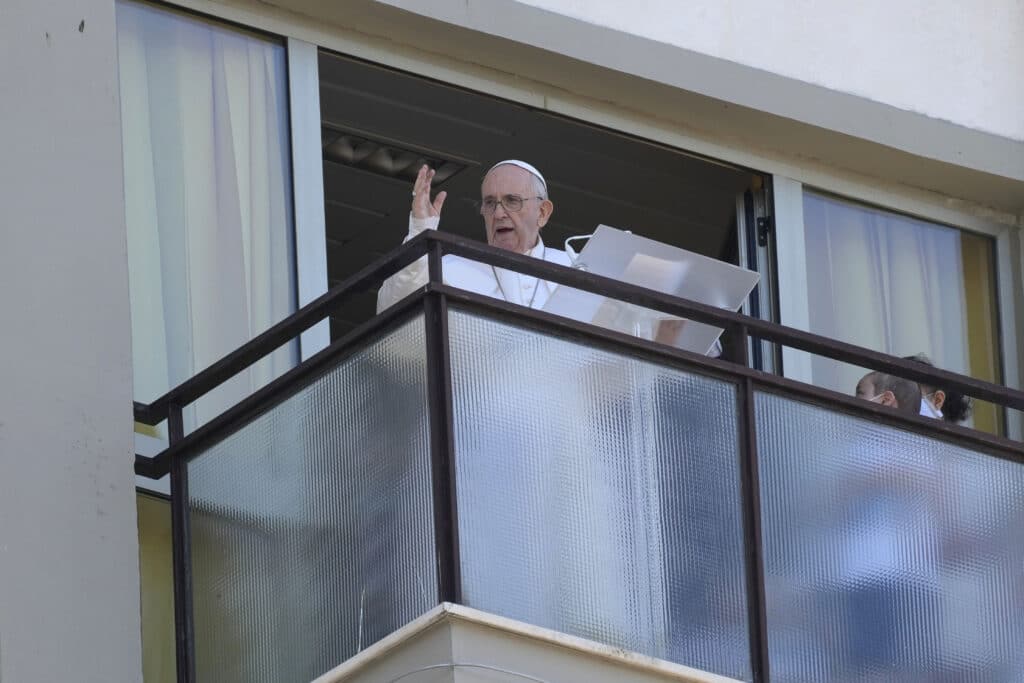
Francis is only spending seven hours in Budapest on Sunday before moving on to a three-day, hop-scotch tour of neighboring Slovakia. The lopsided itinerary suggests that Francis wanted to avoid giving Orban the bragging rights, political boost and photo opportunities that come with hosting a pope for a proper state visit.
Trip organizers have insisted Francis isn’t snubbing Hungary, noting that the Hungarian church and state only invited him to close out an international conference on the Eucharist on Sunday. “If I am only invited to dinner, I cannot spend the night,” said the Rev. Kornel Fabry, secretary general of the Eucharist conference.
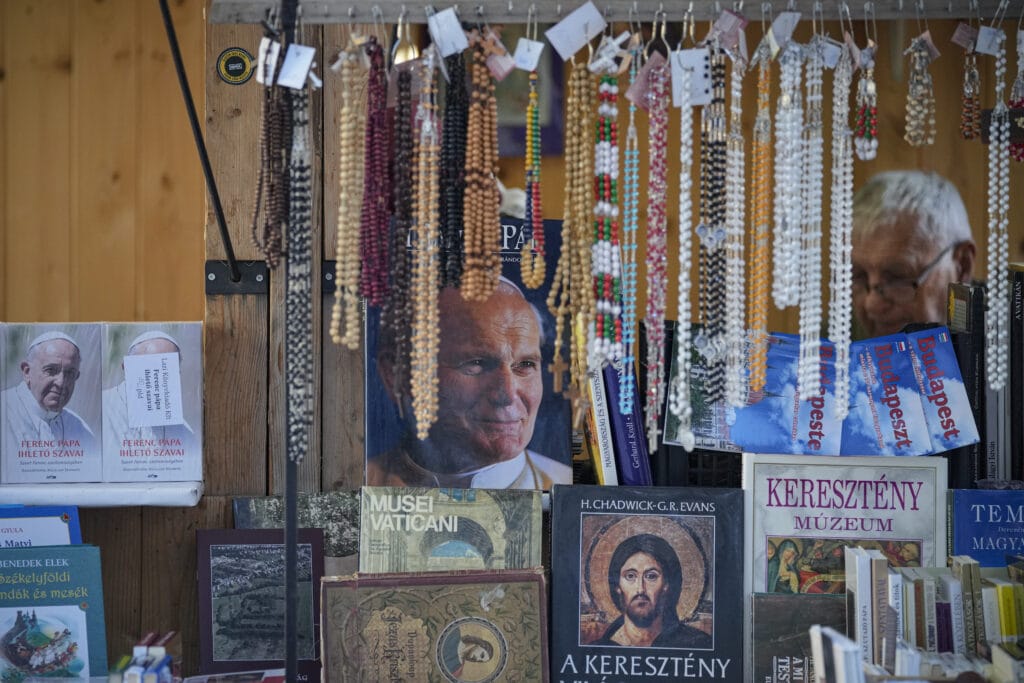
But the message being sent is clear, and Francis even hammered home the point in a recent interview with the COPE broadcaster of the Spanish bishops’ conference. In the interview last week, Francis said he didn’t even know if he’d meet with Orban while in Budapest. Vatican officials have said he will, of course, meet with the prime minister along with the Hungarian president in a scheduled meeting.
Botond Feledy, policy expert for the Institute of Social Reflection, a Hungarian Jesuit organization, said it was clear Francis and Orban disagree on some fundamental issues — migration topping the list — but said the aim is not to escalate differences or conflicts.
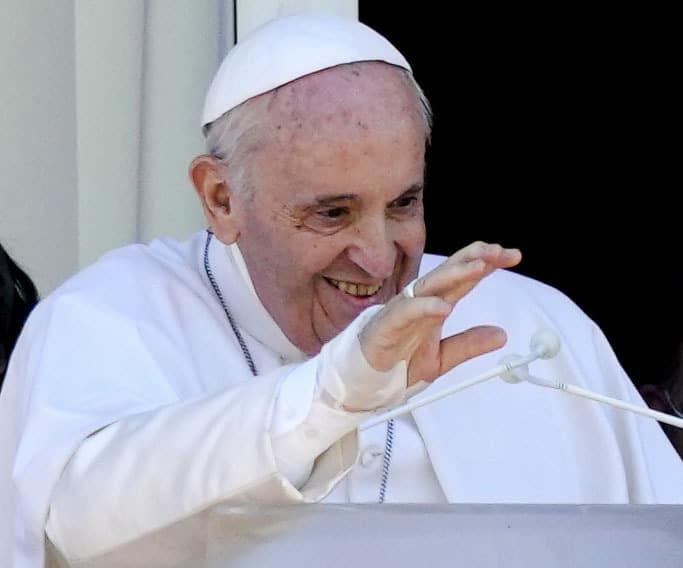
“It is quite clear that the 30 minutes that Pope Francis has in his program to meet with the head of state, the head of government and the bishop is a very, very short time,” Feledy said in an interview. “This shows that he is not really coming for a political visit, but to give a Mass at the congress after having a protocol greeting with the Hungarian politicians.”
Francis has long expressed solidarity with migrants and refugees — he once brought a dozen Syrian Muslim refugees home with him during a trip to a refugee camp in Greece — and criticized what he called “national populism” advanced by governments like Hungary’s.
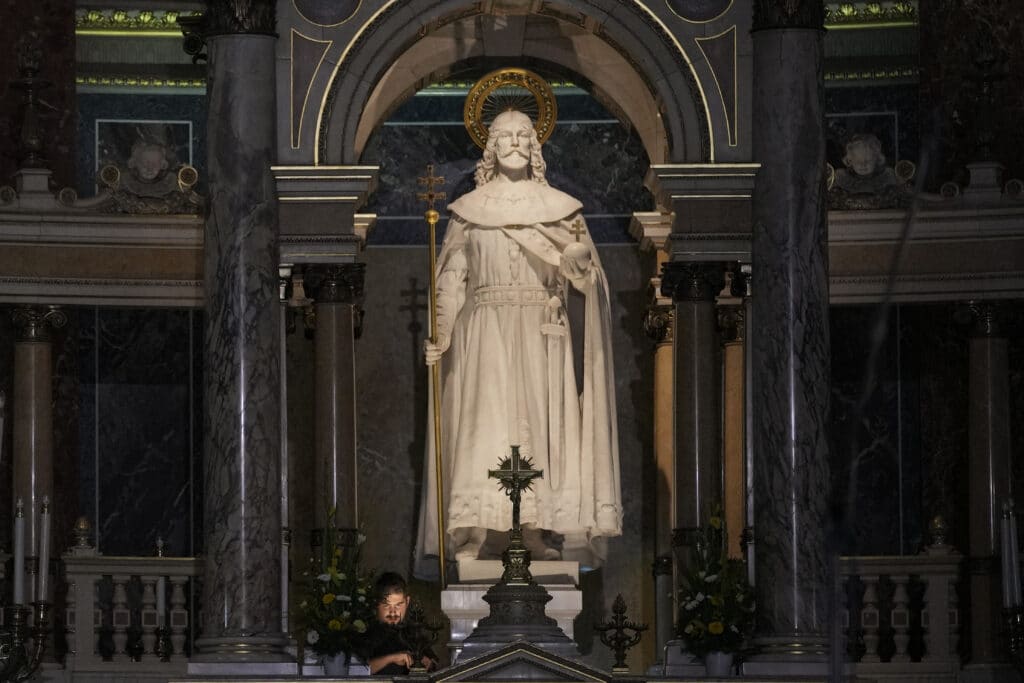
Orban is known for his hard-line stance against immigration and frequently depicts his government as a defender of “Christian civilization” in Europe and a bulwark against migration from Muslim-majority countries. In 2015, he rejected proposals to settle refugees from the Middle East and Africa in Hungary and erected a fence along Hungary’s southern border to keep out EU asylum-seekers.
Asked in 2016 about Donald Trump’s border wall with Mexico, Francis famously quipped that anyone who builds a border wall is “not Christian.”
The start of the closed-door meeting will not be filmed live — one of the few moments of interest that the pope will be off-camera during the trip. It’s a visit that is being closely watched given it marks Francis’ first big and prolonged public outing since he underwent scheduled surgery in July for what the Vatican said was a severe narrowing of his large intestine.
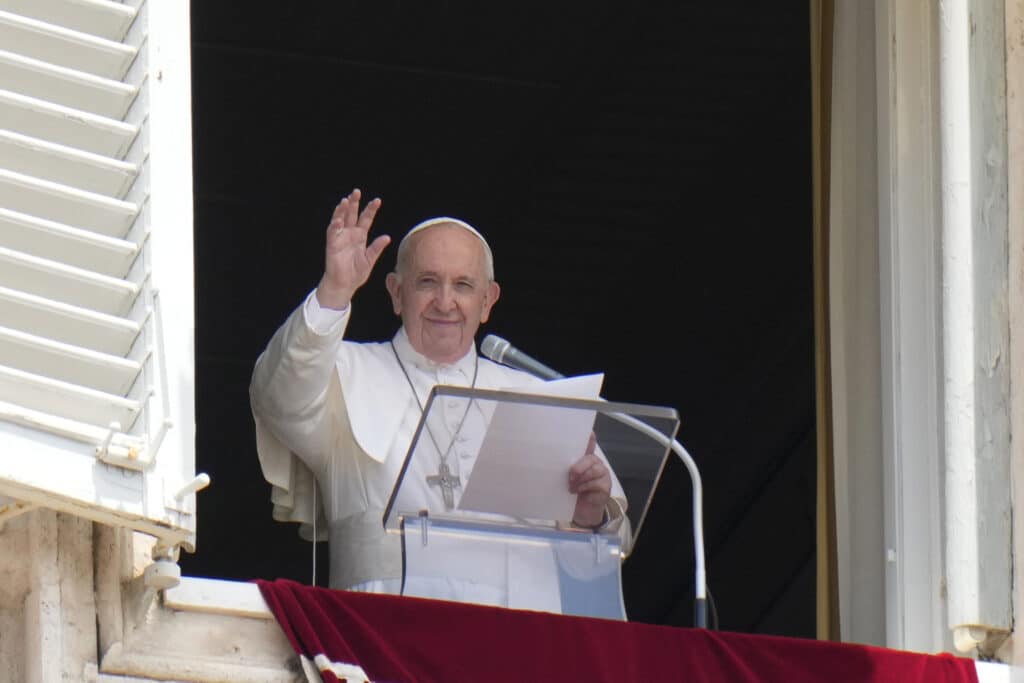
Francis, 84, had 33 centimeters (13 inches) of his colon removed and spent 10 days in the hospital recovering. He has recently resumed holding public and private audiences and says he is now living a “totally normal life.” But he is still on medication and cannot stand for long periods of time.
Papal trips are grueling under ordinary circumstances, with back-to-back meetings, multiple transfers and lengthy liturgical services, all covered around-the-clock by live television cameras. After his last one — a trip to Iraq in March before the surgery — Francis admitted, he might have to slow down, given his age and fatigue.
But the Hungary-Slovakia program bears no evidence of an aging pope or of one the mend and in fact harks back to the frenzied scheduling that was the hallmark of St. John Paul II’s many foreign trips. Francis is due to deliver 12 speeches over four days, kicking off with a 6 a.m. flight to Budapest on Sunday and ending the day in the Slovakian capital, Bratislava, after nine separate events.
“Maybe in this first trip I should be more careful, because one has to recover completely,” Francis said in the COPE interview. “But in the end, it will be the same as the others, you will see.”
Vatican spokesman Matteo Bruni said no extra health care measures were being taken for the trip, “just the usual caution.” Francis’ personal doctor and nurses would be traveling with him in the Vatican delegation, as usual, he said.
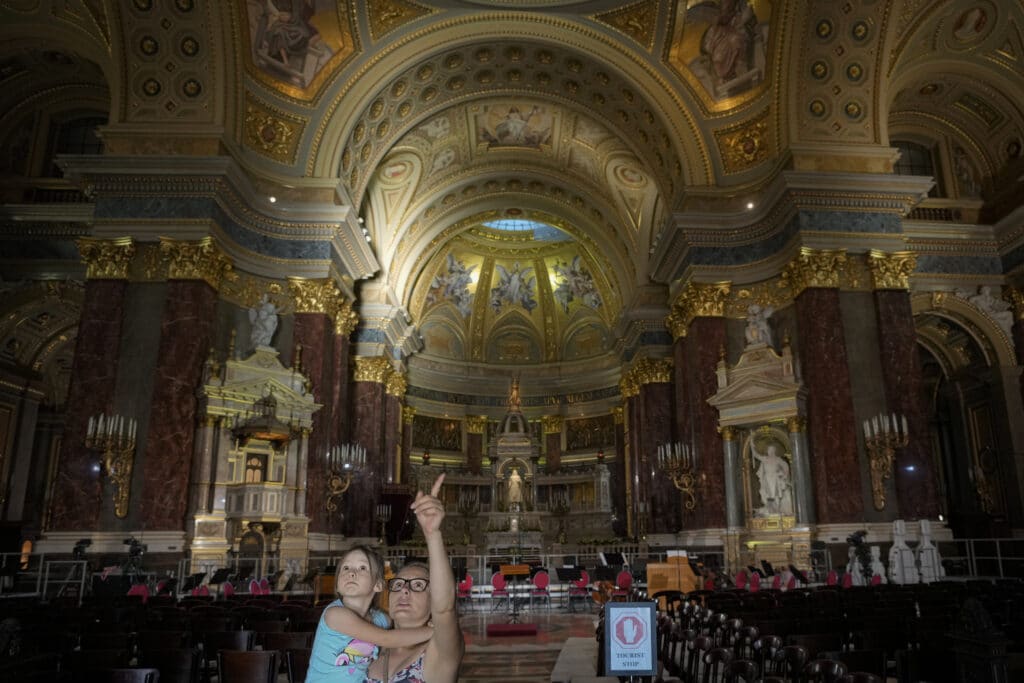
Bruni, too, stressed that the main focus of the Hungary leg of the trip was spiritual and noted that Francis has made other quick trips for specific events without fulfilling the protocol trappings of a proper state visit. The pope went to Strasbourg, France, on a one-day visit in 2014 to deliver speeches at the European Parliament and Council of Europe but didn’t stay.
After the brief stop in Budapest, Francis heads to Slovakia where the highlight of the trip will be his visit Tuesday with members of the country’s Roma minority, who were persecuted during World War II and continue to face racism, discrimination, and abject poverty today.
The “pope of the peripheries” has long sought to visit the most marginal during his foreign trips, insisting on stops at slums, prisons, or drug rehabilitation centers. His visit to the Lunik IX settlement in Slovakia’s second city, Kosice, is in keeping with that: Parts of the settlement don’t have running water, gas or electricity.
Francis will also meet with Slovakia’s Jewish community and hear the testimony of a Holocaust survivor before he finishes up the visit with a Mass on Wednesday in Sastin, the site of an annual pilgrimage each Sept. 15 to venerate the patron of Slovakia, Our Lady of Sorrows.
By NICOLE WINFIELD and JUSTIN SPIKE
Spike reported from Budapest, Hungary






